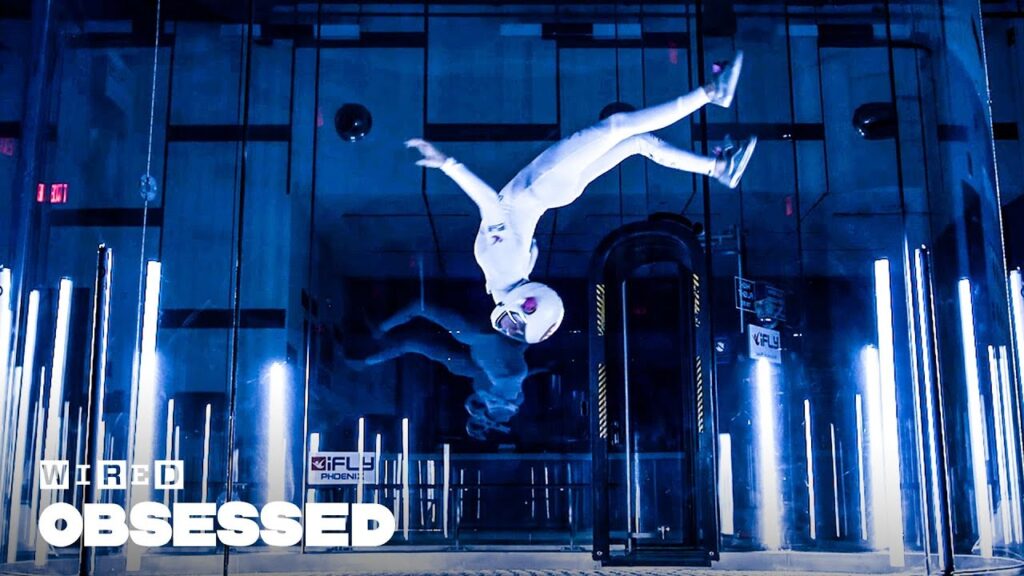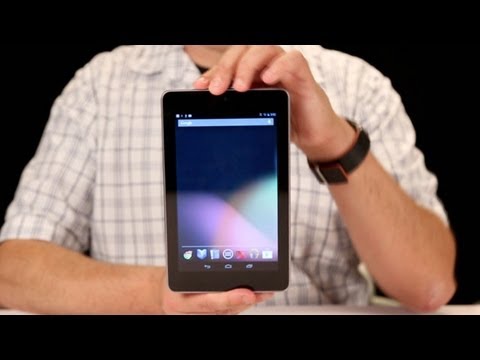Memory and Mapping: Understanding the Role of Memory in Shaping Our Experiences
Summary
In this article, we explore the relationship between memory and mapping and how our individual maps can affect our responses to new environments. We discuss the circular role of memory in creating maps and experiences, and the importance of letting go of unnecessary information to create more efficient models. We also question the traditional definition of memory as a record of the past and suggest that it is more alive, changing, and behavioral. We suggest that the word “record” be replaced with “model” to better capture the nature of memory.
Table of Contents
- The Relationship Between Memory and Mapping
- The Circular Role of Memory in Creating Maps and Experiences
- Letting Go of Unnecessary Information to Create More Efficient Models
- Rethinking the Traditional Definition of Memory
- Conclusion
The Relationship Between Memory and Mapping
Memory and mapping are closely related, and our individual maps can influence our responses to new environments. Our maps are created based on our experiences, and they shape how we perceive the world around us. For example, if we have a negative experience in a particular environment, our map of that place will be negative, and we may avoid it in the future. On the other hand, if we have a positive experience, our map will be positive, and we may seek out that environment again.
The Circular Role of Memory in Creating Maps and Experiences
Memory plays a circular role in creating maps and experiences. Our maps are created based on our experiences, but our experiences are also influenced by our maps. For example, if we have a negative map of a place, we may approach it with fear or anxiety, which can lead to negative experiences. These negative experiences can then reinforce our negative map, creating a self-perpetuating cycle.
Letting Go of Unnecessary Information to Create More Efficient Models
To create more efficient maps, it is essential to let go of unnecessary information. Our brains are constantly processing information, and we need to filter out what is important and what is not. By letting go of unnecessary information, we can create more efficient models that better reflect our experiences and help us navigate the world around us.
Rethinking the Traditional Definition of Memory
The traditional definition of memory as a record of the past is limited and does not fully capture the nature of memory. Memory is more alive, changing, and behavioral than a simple record. We suggest that the word “record” be replaced with “model” to better capture the dynamic nature of memory. Our memories are constantly changing and adapting based on new experiences, and they play a crucial role in shaping our changing preferences.
Conclusion
In conclusion, memory is an essential aspect of our identity and influences our decision-making processes. Our individual maps shape how we perceive the world around us, and our memories play a crucial role in creating these maps. By letting go of unnecessary information and rethinking the traditional definition of memory, we can create more efficient models that better reflect our experiences and help us navigate the world around us.







